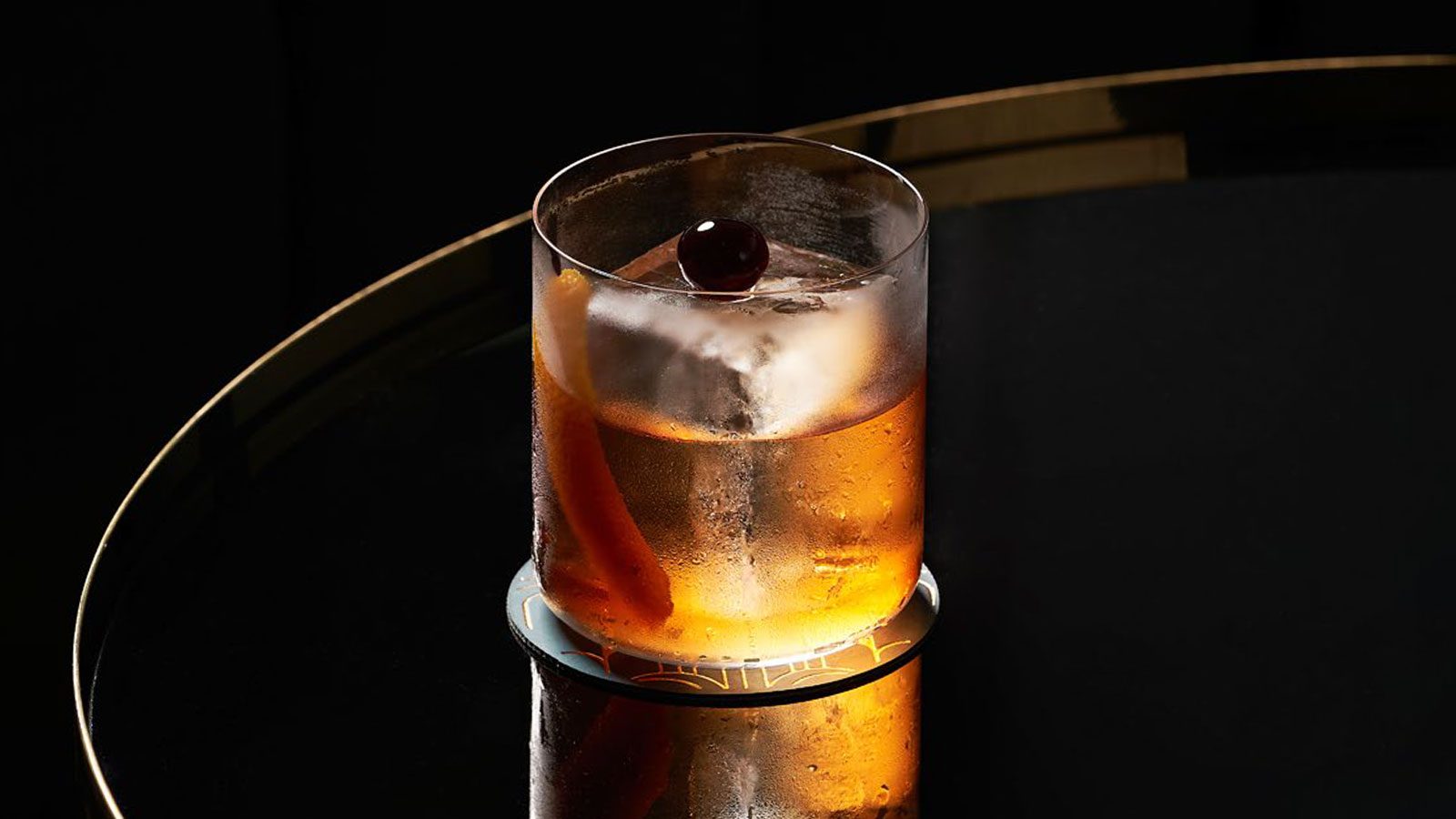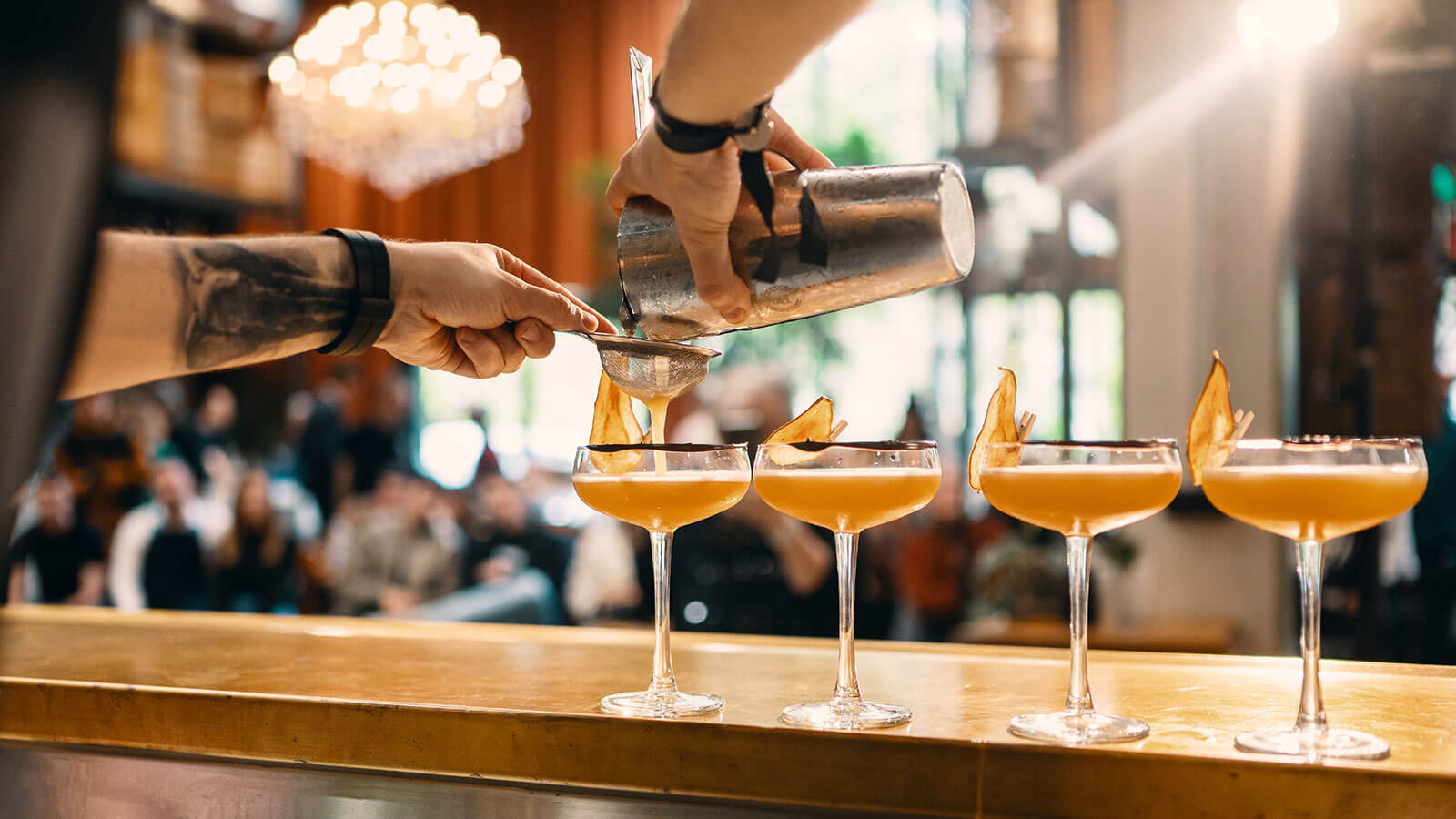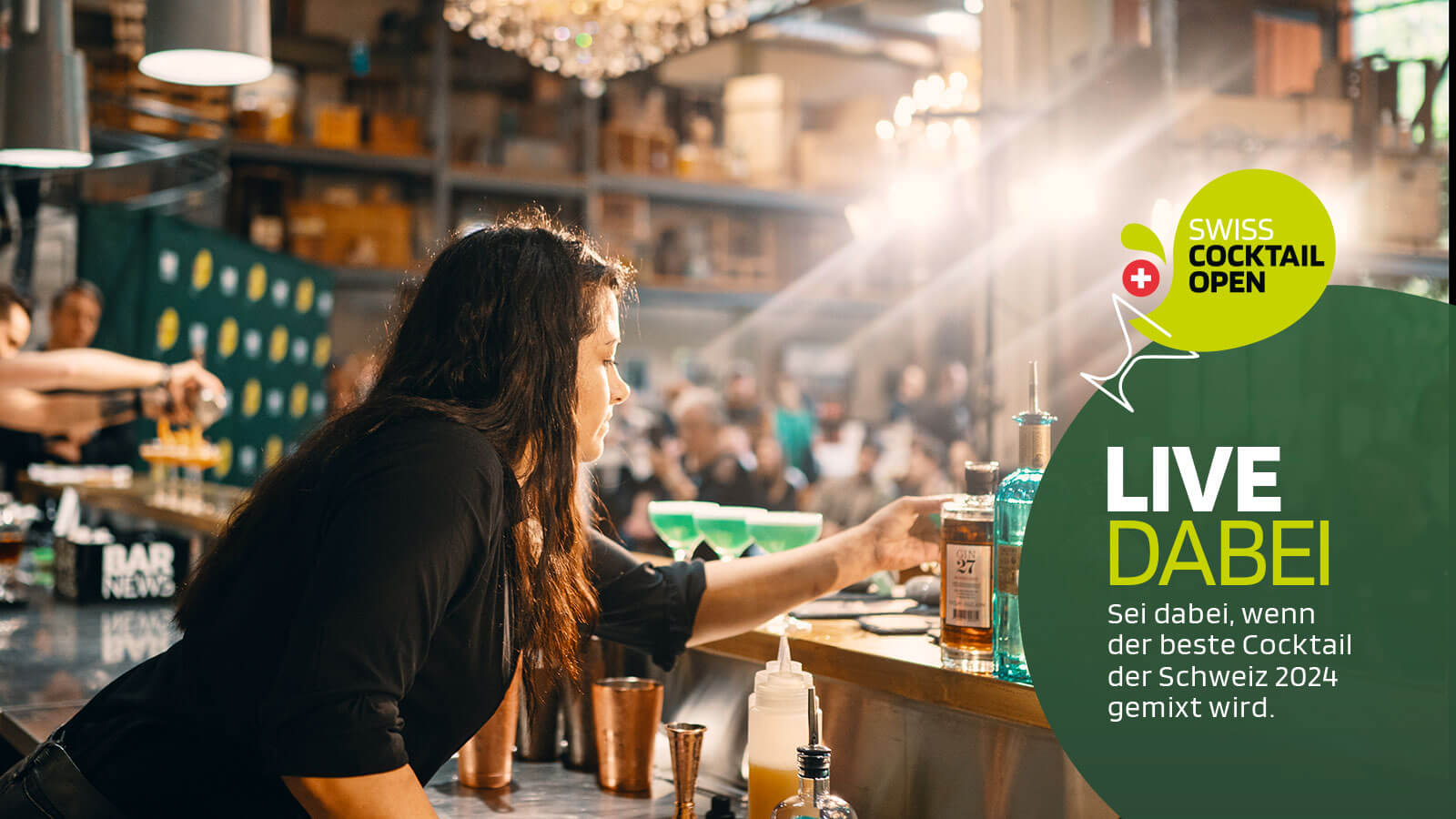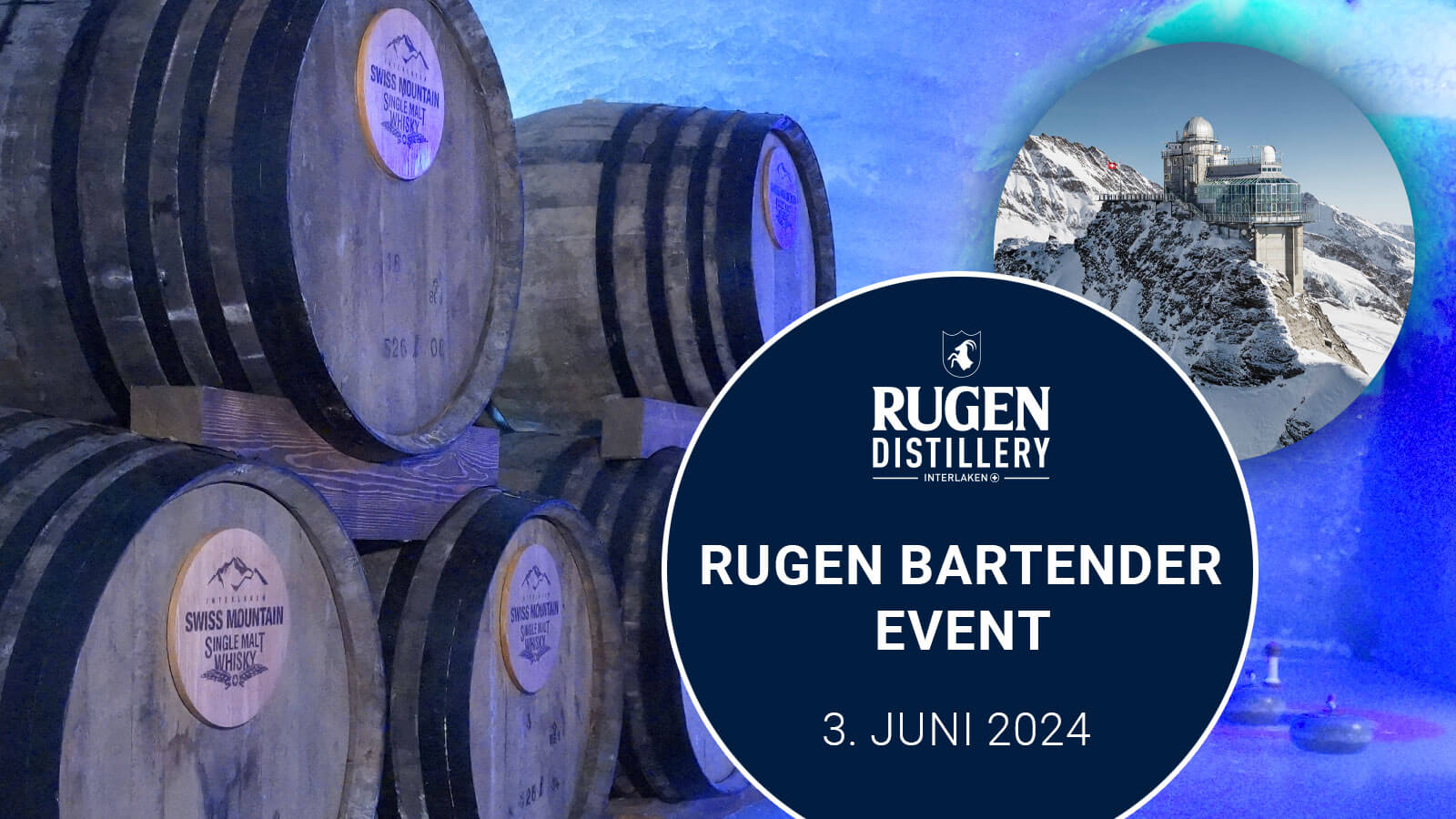No drink comes closer to the original composition of spirits, sugar, bitters and water than the Old Fashioned. When the "Cock-Tail" was first defined in writing as a "stimulating drink" in 1806 in a newspaper from the town of Hudson on the river of the same name, the author of the published article omitted to name a spirit.
But even if the original cocktail was mixed with a sugar cane brandy, a brandy - or any other distillate - today, if you go to a bar and look for the drink on the menu that most closely resembles the "original cocktail," you'll get a drink based on whisk(e)y. The last decades have shown it: Barkeeper have learned to use local spirits more and more.
But the real foundation of cocktail culture is based on spirits that were common in the USA before 1920. The British were already drinking spirits that were diluted, sweetened and mixed with bitters, but it was the Americans who made the cocktail their cultural asset. And yet, there is no denying the past under the same crown, which can be seen in the ingredients used for mixed drinks across the pond in the early 19th century.
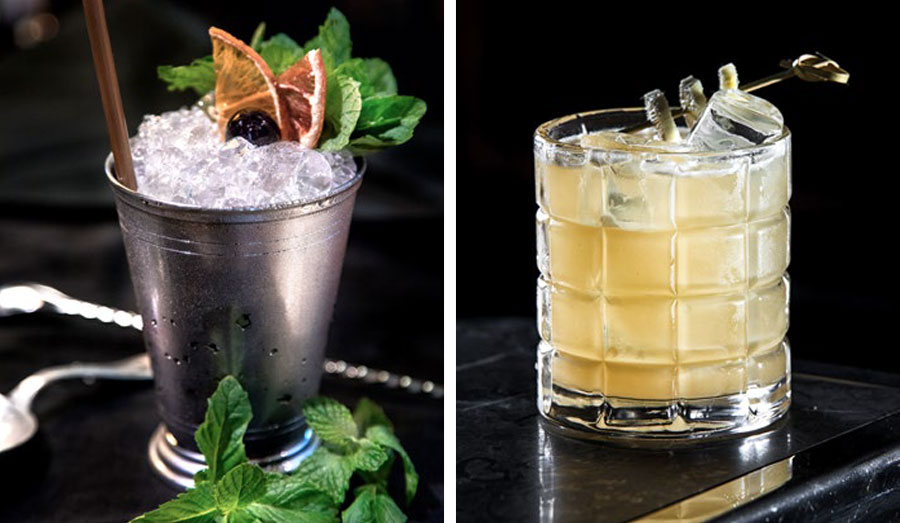
Rum, made from sugar cane molasses from the British colonies in the Caribbean, brandy imported from France, as well as sherry, port and Madeira - but especially also English gin (or Dutch genever) and whiskey from Ireland, Scotland or from its own American production. Thanks to the independence of the U.S., the young state was now able to grant tax advantages to its own products, and at the same time a tax on whiskey was intended to pay off the debts from the War of Independence. Although the ensuing whiskey rebellion was defeated militarily, a few years later the newly elected Thomas Jefferson repealed the whiskey tax.
Like the original cocktail, the other mixed drink categories of their time were mostly prepared with "spirits of any kind". A good example is the julep, which was already widespread in the 18th century. But while at that time it was mostly rum that made the combination of water - ice did not become widespread until the first half of the 18th century, thanks in part to the julep - sugar and mint high-proof, in the 19th century the julep first became a brandy drink with a rum float and then later a whiskey drink.
After the first written definition of the cocktail, the advent of ice was probably the most important advance. But citrus juices, fruits, herbs, liqueurs, and fillers that turned a cocktail into a "fancy cocktail" or an "improved cocktail" or immediately established a new mixed drink category also played their part. When Jerry Thomas published his bar book in 1862, the cocktail was on a par with the Fix, Julep, Sangaree, Sling, Smash or the Sour.
While the julep was rediscovered in the course of the last decades, other categories disappeared completely from the canon. But not the sour. Today, more sours are served in bars than cocktails prepared "the old fashioned way." For a long time, the whiskey sour in particular was the yardstick for whether a bar knew how to prepare good drinks.
Introducing: Vermouth
Cocktail culture experienced a revolution when it discovered Vermouth between 1860 and 1890. The world would not be the same if whiskey, sweet vermouth and bitters had not united to form the Manhattan. There were several factors that made the formula (spirit + vermouth + bitters) go around the world, and the taste of Martini, Martinez or even Manhattan was certainly central. At the time, phylloxera was raging in Europe, which brought benefits alcoholic alternatives to wine and brandy.
At the same time, travel increased during the Belle Époque, and Americans did not want to do without their cocktails even when abroad. By World War I, cocktail culture had spread to all continents - with whiskey, gin and vermouth as stowaways. For decades, anyone who said whisk(e)y cocktail meant bourbon. Only for the Manhattan did the recipe usually call for Canadian Club, since it contains some rye in the mash bill.
Then as now, cocktails based on Scotch are rather a rarity.
In the meantime, however, U.S. distilleries are once again producing rye in large quantities, and in Switzerland, too, some distilleries have turned to this style of whisk(e)y (more on this in the article on the next page). Then as now, cocktails based on Scotch are rather a rarity. Exceptions are old classics like Rob Roy (Scotch-Manhattan), Bobby Burns (Scotch-Manhattan with Bénédictine instead of Bitters) or Mamie Taylor (Scotch, lime juice, Ginger Beer). It is even rarer to encounter Irish whiskey in cocktails.
Before Prohibition, the influential Waldorf Astoria in New York is said to have listed several Irish whiskey cocktails on its menu, and Harry Johnson mixed his version of the Blackthorn cocktail with equal parts Irish whiskey, dry vermouth, and three dashes each of Angostura and absinthe. Further, in Hugo Ensslin "Recipes for Mixed Drinks" (1916), in addition to the Bobby Burns just mentioned, the Tipperary with equal parts Irish Whiskey, Italian Vermouth and Chartreuse first appeared. Examples of contemporary cocktails with Irish whiskey or Scotch are "Penicillin," the ginger-honey Scotch drink from the Australian Barkeeper Sam Ross (Milk & Honey), and "Hotel d'Alsace" from the PDT Cocktail Book (2011).
This is prepared with Irish whiskey, Cointreau, Bénédictine and a sprig of rosemary. When it comes to rum cocktails, it has long been customary to switch back and forth between the most diverse styles - or even to mix them, as in the case of tiki drinks. With the "Islay Single Malt Float," the Penicillin has proven that the same concept definitely works with whiskey. In any case, the potential for experimentation has not yet been exhausted...

